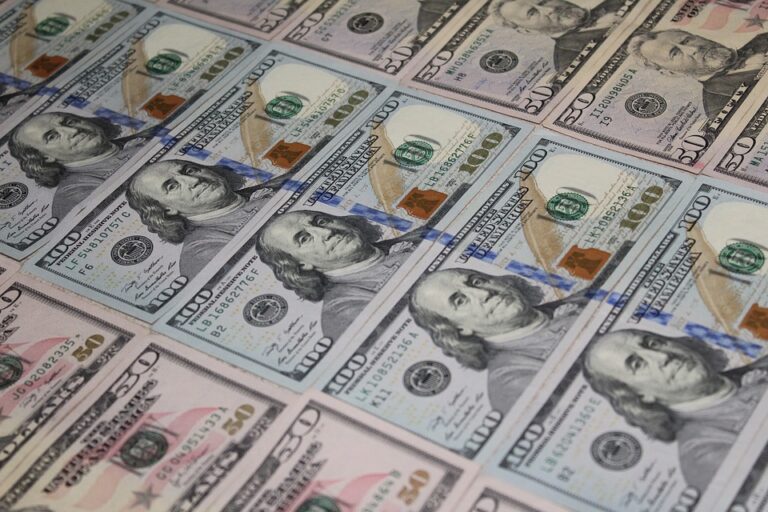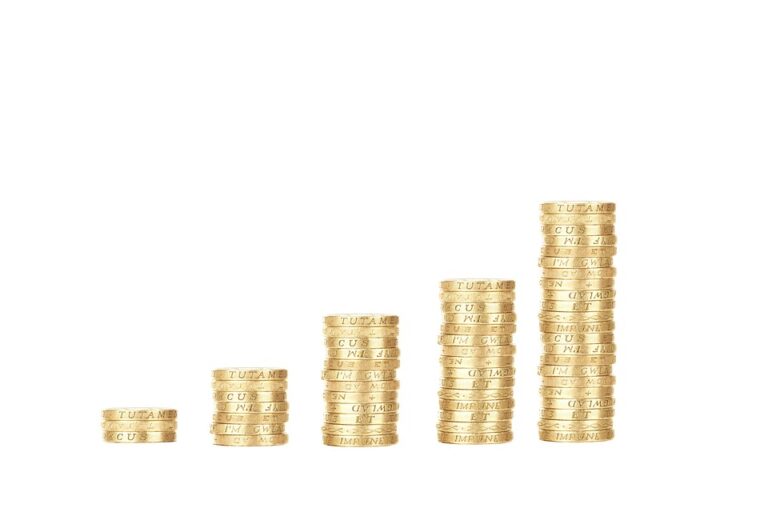Last updated Feb. 17, 2025 by Charles Zemub
Cash back is a powerful financial incentive that has become a significant factor for consumers when choosing credit cards or making purchasing decisions. While the allure of earning money back on purchases is attractive, understanding precisely how cash back works can help consumers maximize these benefits. This article delves deeply into the mechanics of cash back, exploring the intricacies of how it functions, the different types of cash back programs, and tips on how to make the most of these offers.
Understanding the Basics of Cash Back
Cash back is essentially a rebate system where a percentage of the money spent on purchases is returned to the consumer. It is commonly associated with credit cards but can also extend to debit cards, specific retail stores, and online shopping platforms. The percentage of cash back can vary depending on the card issuer or the specific terms of the cash back program.
How Cash Back is Calculated
Typically, cash back is calculated as a percentage of the total purchase amount. For instance, if a credit card offers 2% cash back on all purchases and a cardholder spends $500, they would earn $10 in cash back. However, there are various categories where cash back percentages may differ, such as higher percentages offered for dining, groceries, or fuel.
Different Cash Back Structures
-
Flat-Rate Cash Back: This type of program offers a single cash back rate across all purchases. It’s simple and best for those who want an uncomplicated way to earn rewards.
-
Tiered Cash Back: With tiered cash back, different categories of spending earn varying percentages of cash back. For example, a card might offer 3% on groceries, 2% on travel, and 1% on everything else.
-
Rotating Categories: These programs feature cash back bonuses on select categories that typically change every quarter. Cardholders must activate these categories to earn the higher percentage, which requires staying informed about the current offers.
-
Customizable Cash Back: Some cards allow users to choose their top spending categories every few months, enabling personalized cash back earning structures.
- Sign-Up Bonuses: Many cash back cards offer bonus rewards to new cardholders who spend a certain amount within the first few months. These bonuses can significantly boost initial cash back earnings.
Redemption Methods
Earning cash back is only part of the process; how you redeem it also matters. Here are the most popular redemption methods:
-
Statement Credits: Cash back can be applied directly to your credit card bill, reducing the amount owed.
-
Bank Deposits: Some cards transfer the cash back directly into a bank account.
-
Gift Cards: Cardholders might receive their cash back in the form of gift cards, often with a slight bonus if this method is chosen.
- Charitable Donations: Some programs offer the option to donate cash back to charity, supporting causes cardholders care about.
The Mechanics Behind Cash Back
Cash back programs are not just a goodwill gesture from banks and retailers; they are a strategic financial tool used to increase consumer spending and loyalty. Here’s how they function behind the scenes:
-
Interchange Fees: Every time a credit card transaction is made, merchants are charged an interchange fee by the card networks (like Visa, Mastercard, etc.). These fees are a primary revenue source for card issuers.
-
Profit Sharing: The interchange fees earned by the issuers are partially shared back with the cardholders in the form of cash back. This incentivizes more frequent use of the credit card, creating a cycle of spending and earning.
-
Partner Programs: Retailers might partner directly with credit cards to offer exclusive cash back rates. These enhance the promotional efforts of both parties.
- Behavioral Insights: By analyzing spending patterns through cash back categories, financial institutions gain crucial insights into consumer behavior, which aids in developing tailored financial products and services.
Maximizing Cash Back Opportunities
While cash back rewards are appealing, they require strategic planning to ensure you are truly benefiting without falling into debt traps.
-
Know Your Spending Habits: Choose a cash back card based on your spending patterns. If you frequently travel, opt for cards offering higher percentages on travel-related expenses.
-
Avoid Interest and Fees: Always aim to pay your credit card balance in full each month. Interest charges can quickly negate the benefits of cash back rewards.
-
Stay Updated on Categories: For cards with rotating categories, keep track of the schedules and activate relevant categories to earn optimal rewards.
-
Combine Offers: Use cash back cards during promotional sales or with coupons to maximize savings. Utilize price match policies if applicable to get the best deals.
- Leverage Sign-Up Bonuses: Be aware of minimum spending requirements to earn any lucrative sign-up bonuses.
✓ Short Answer
Cash back programs offer consumers a percentage of money back on purchases made with credit cards or certain retailers. It is calculated based on a set percentage of the purchase amount. Cardholders can benefit from different reward structures: flat-rate, tiered, or rotating categories. Redeeming earned rewards can be flexible, including options like statement credits, bank deposits, or gift cards. Understanding program mechanics, like interchange fees and partner programs, can help maximize gains. Keep in mind that avoiding interest charges by paying off bills each month adds more value to the cash back earned.
FAQs about Cash Back
1. What is the best cash back credit card?
The best cash back credit card depends on individual spending habits. Cards that align with major monthly expenses (e.g., groceries, travel) often deliver the most benefits.
2. Can cash back rewards expire?
Yes, it depends on the card issuer. Some cash back rewards expire after a certain period, while others remain active as long as the account is open and in good standing.
3. Do you pay taxes on cash back rewards?
Generally, cash back rewards are considered discounts and not income, so they are not taxable. However, sign-up bonuses paid without a spending requirement might be taxable.
4. How often should I pay off my credit card?
It’s advisable to pay off your credit card every month in full to avoid accumulating interest, which can offset cash back benefits.
5. Do debit cards offer cash back rewards?
Some debit cards and bank accounts offer cash back rewards, though these are less common and typically less lucrative compared to credit cards.
6. Can I use cash back to pay bills?
Yes, statement credits from cash back can reduce your credit card bill or other eligible bills, effectively decreasing your monthly liabilities.
By understanding the nuances of cash back systems and strategically leveraging them, consumers can turn everyday purchases into meaningful savings and rewards.



